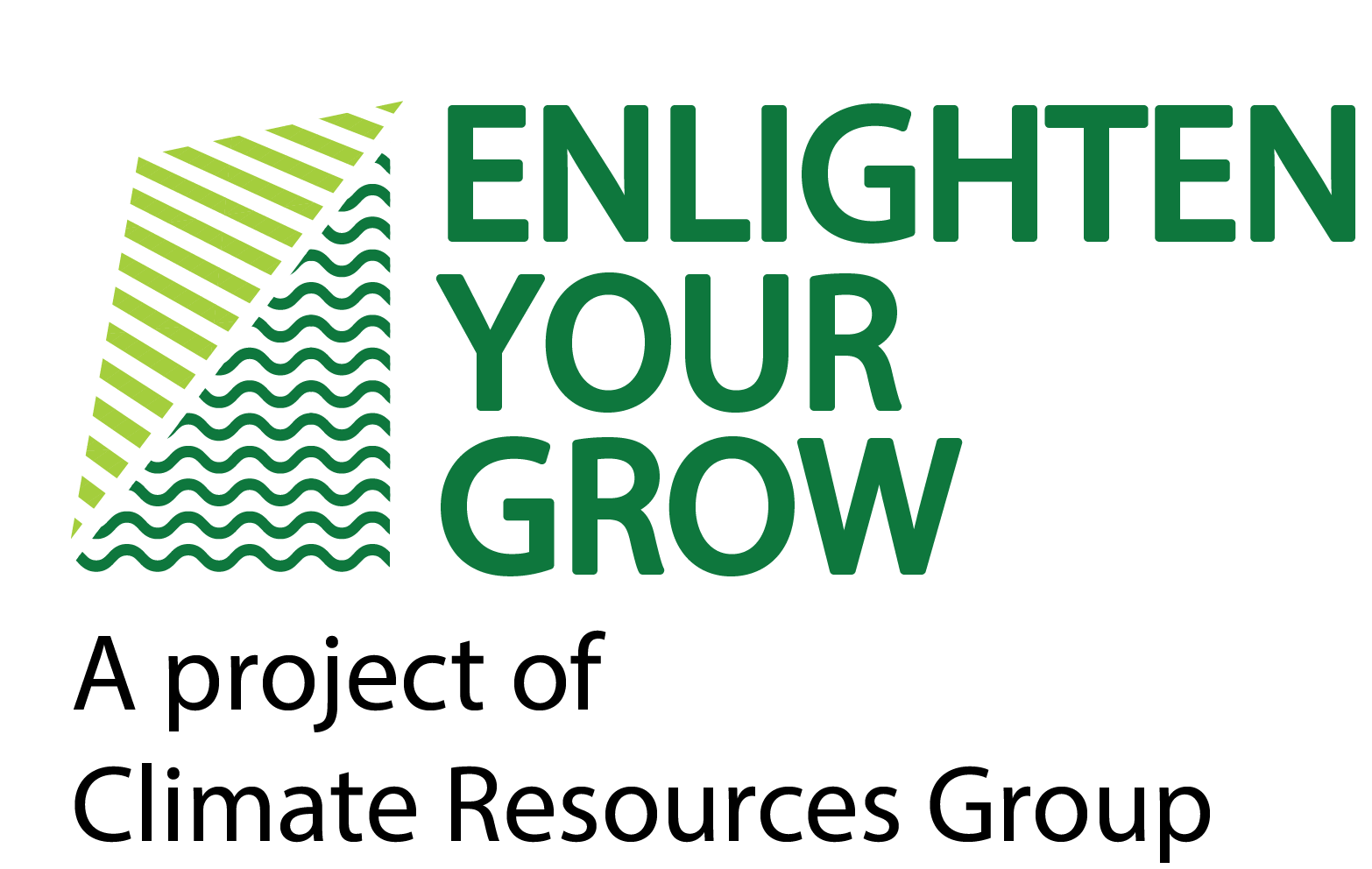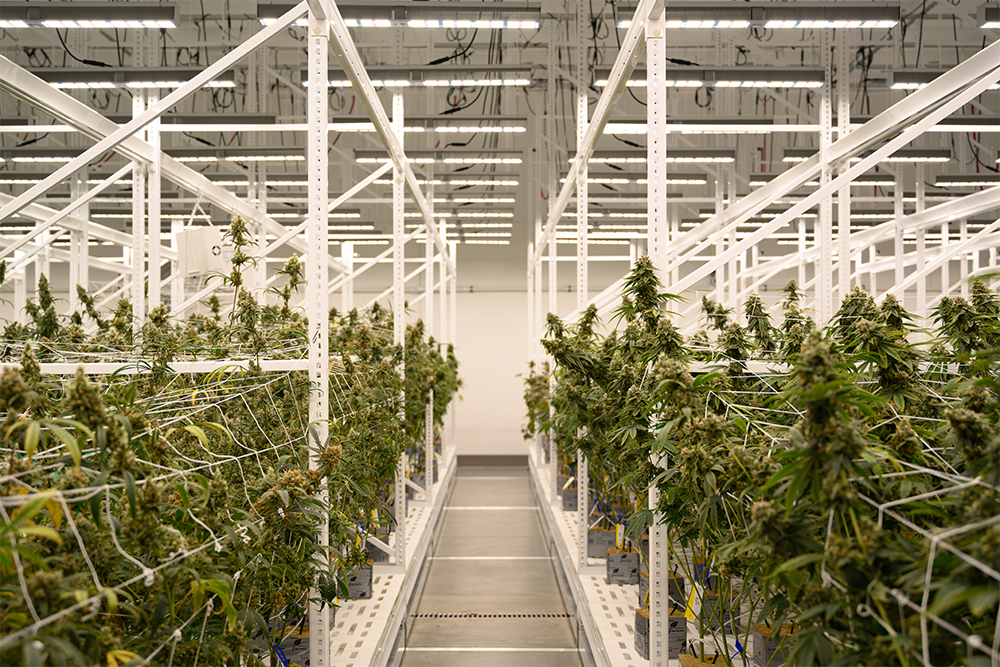Here are seven predictions we are making for how energy and environmental issues will play out in the U.S. cannabis industry in 2021, and how businesses and consumers will benefit.
1. Technological advancements will continue to provide more opportunities for cultivators to adopt energy- and resource-efficient ways to pursue their craft. LED lighting technology will become more accepted industry-wide, and the practice of data collection and aggregation will become more normalized across the industry. Increasingly, growers will adopt automation technology that is increasingly more sophisticated and responsive to conditions in targeted micro-environments.
2. Cannabis businesses will become more comfortable with making meaningful investments in sustainability. As more cannabis businesses commit themselves to a longer-term business model, they will see making investments in sustainability as a business imperative. This momentum will be buoyed by industry groups such as the National Cannabis Industry Association (NCIA) in a dialogue around what sustainability best practices for the cannabis industry can look like.
3. Utilities will evolve their approaches to providing incentives for energy-efficient technologies geared toward horticultural applications. They will become more sophisticated how they incorporate emerging technologies, such as tunable spectrum LEDs and grow room automation systems, into their programs, and in how they engage growers. Efforts such as the Resource Innovation Institute’s (RII) Utility Working Group will continue to facilitate relevant learnings across the utility sector.
4. As a result, utility incentives for energy-saving technologies will become more widely utilized. Until very recently, cannabis businesses have mostly ignored utilities’ efforts to influence their technology purchasing decisions. In 2021, a “perfect storm” of: cultivators’ willingness to adopt innovative technologies, market pressures for cultivators to cut costs, and utilities’ increasing comfort with the cannabis industry will result in a sharp increase in use of utility incentives. Further, the private sector will continue to innovate and offer rebate facilitation services through offerings such as Seinergy and our very own EnlightenYourGrow.
5. More regulators states will develop rules for reducing the energy and environmental footprint of cannabis business, indoor and otherwise. States with emerging legal cannabis industries will increasingly place guardrails around the energy use intensity and waste profiles of the industry. Companies that are engaged with regulators will be able to get ahead of the rules and even use them to their competitive advantage.
6. The cannabis industry will begin to feel the influence of the feds. While the federal government is not expected to radically upend the industry in 2021, a few federal offices will be more proactively researching opportunities for growers to reduce their energy and environmental impact. For example, in 2020 the USDA’s Natural Resources Conservation Service committed funds to RII and the American Council for an Energy-Efficient Economy (ACEEE) via its Conservation Innovation Grants (CIG) program, and it is reasonable to expect that the Biden Administration will renew federal efforts to push for more energy efficiency, such as by renewing the U.S. Department of Energy’s work on horticultural lighting technology.
7. Finally, consumers’ voices will grow as they demand greater transparency into the energy and environmental footprint of products on the shelves. Driven by the #whatsinmyweed movement, certification programs for clean and green cannabis will gain momentum as consumers begin to appreciate the strength of their purchasing power and as more producers enthusiastically embrace some sustainability principles in response. Most visibly, we predict that industry efforts to reduce the amount of packaging going into landfills will become more mainstream in 2021.
This piece also appeared as a LinkedIn Pulse article.

